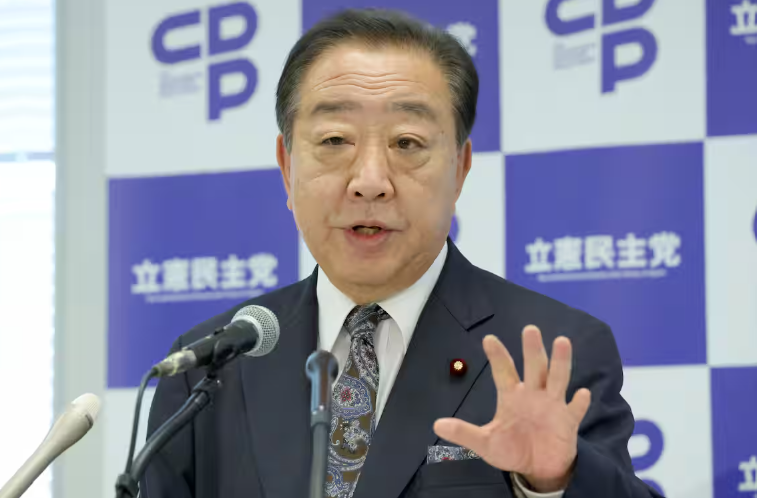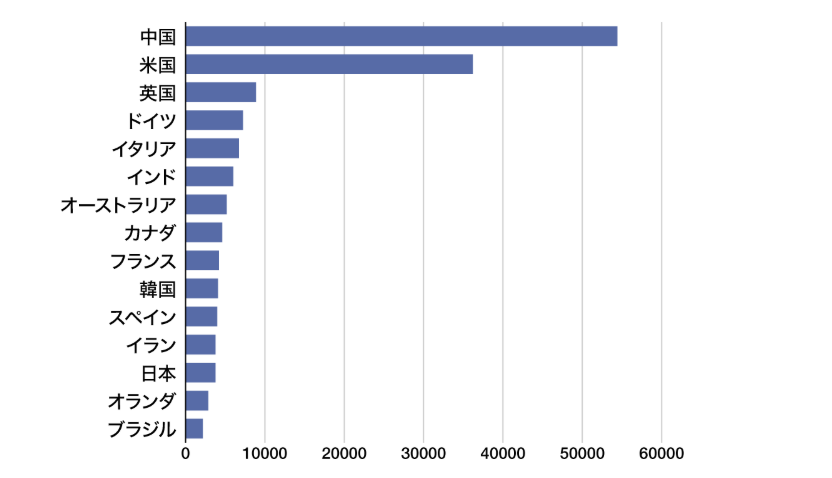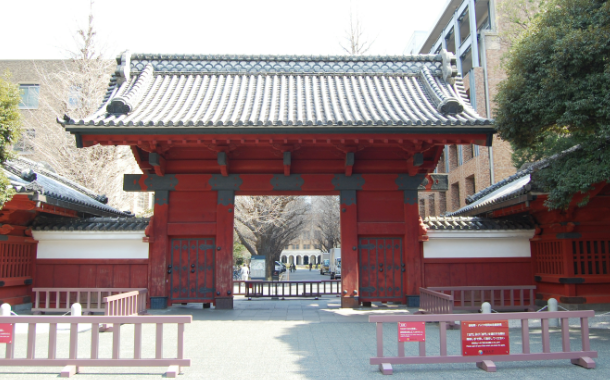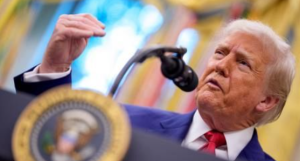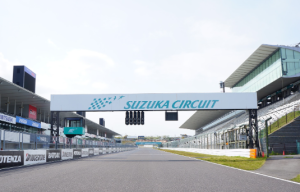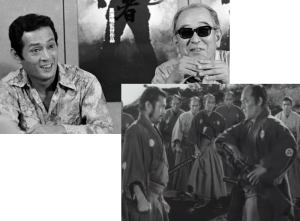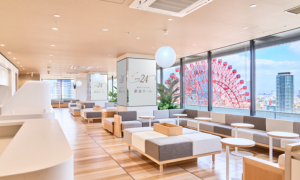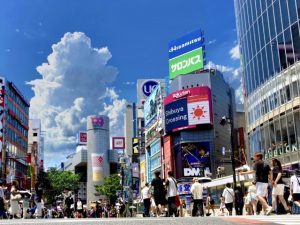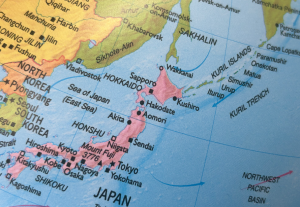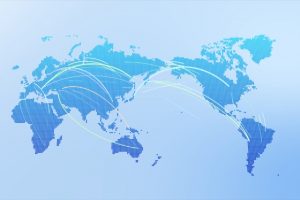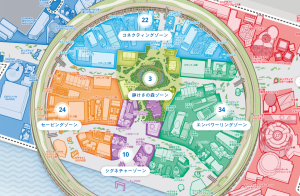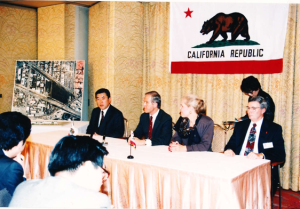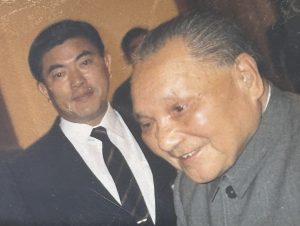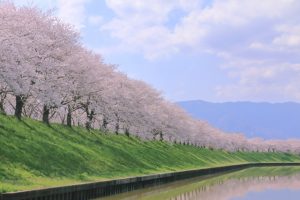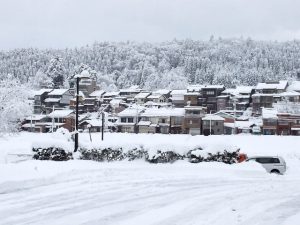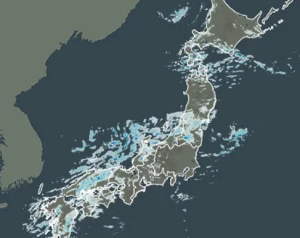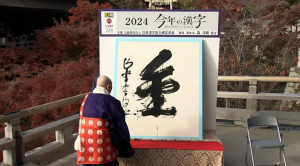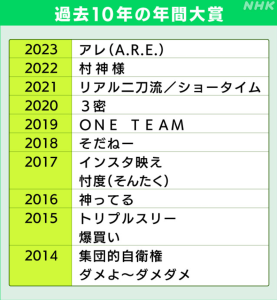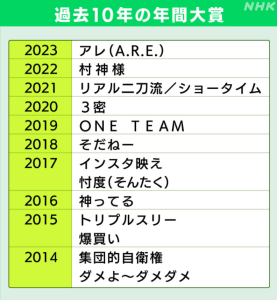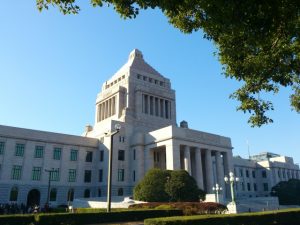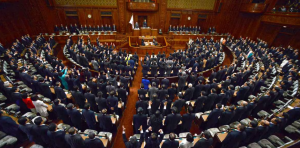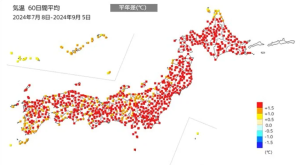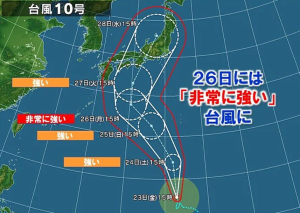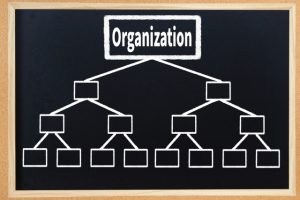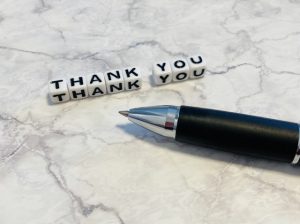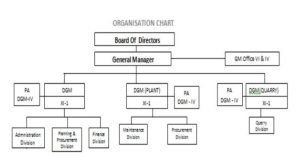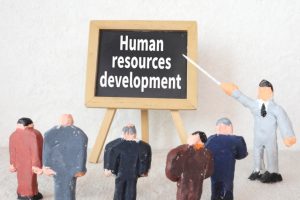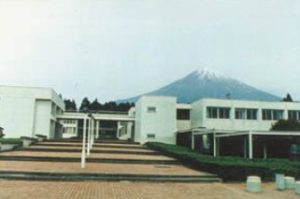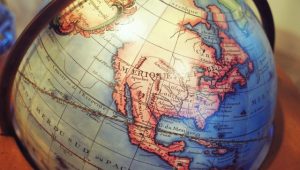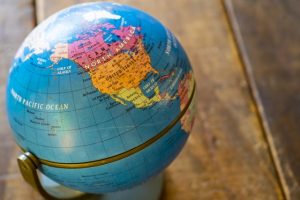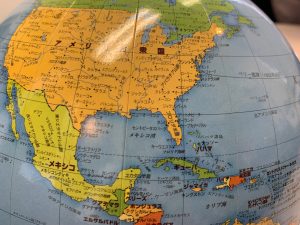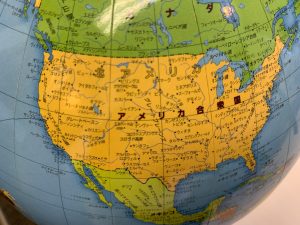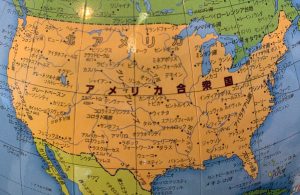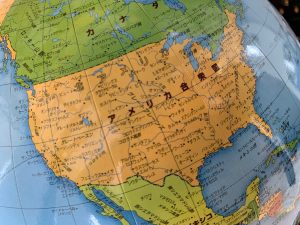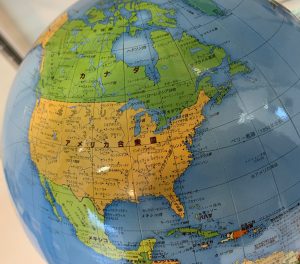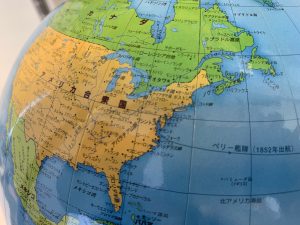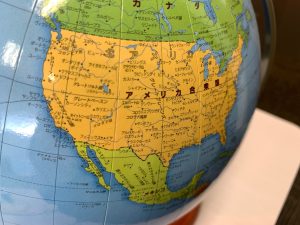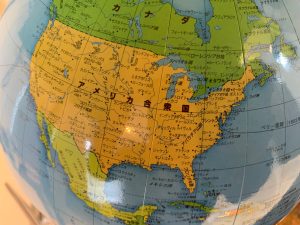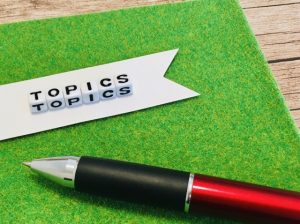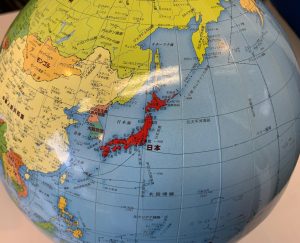Re: A news item and subject which I just want to check out (171) June 27, 2025
More than one week have passed since I returned from Europe on June 15 (Sunday), but I still can’t completely get over my jet lag. In the afternoon, an uncontrollable sleepiness attacks me during the meeting. When moving from east to west, a day becomes longer than 24 hours due to the time difference, but when moving from west to east, on the contrary, because a day becomes shorter, the jet lag is even tougher and it becomes difficult to fall asleep. I have heard that the time difference can be eliminated by up to 1 hour per day. If that is the case, there are differences according to each individual, but it will take about a week to fully recover from a seven-hour time difference between Japan and Europe.
Incidentally, in the United States, there is a three-hour time difference between New York on the East Coast and Los Angeles on the West Coast. The flight time between the two cities is around six hours by direct flight. If you finish dinner in Los Angeles and get on a 10pm flight, you will arrive in New York around 7am local time, and you will work as it is. Because you could only get a partial sleep on the flight, your eyes became bloodshot, and it was called “red eye flight”. Japanese people were once ridiculed as “workaholics”. But I was surprised at how the American elite took advantage of the time difference to work tough. In fact, surprisingly, statistics show that Americans work longer hours per year on average.
■■What I have recently thought and focused on:
■President Trump’s policies remain unpredictable:
Just over 5 months have passed since the Trump administration took place. I once compared him to “a pitcher who specializes in wild pitches”. The world is still being thrown into turmoil by his unpredictable words and actions. But the basis of this is that in diplomacy, the pillars are ① being pro-Israel, and ② maintaining a close relationship with President Putin. In domestic policies, ① he is tough on illegal immigrants, and ② he is sensitive to stock prices and interest rates. Incidentally, as for China, he seems a little confused about “how to respond”. The backgrounds are that ① China has been carefully planning its response to Trump for some time (diversification of export and import destinations), and ② using export restrictions on rare earths which account for 90% of the world market share and are a weakness of the United States as a weapon, China is demonstrating unexpected shrewdness. And a prime example of brinkmanship diplomacy is the recent air strikes on Iran’s nuclear facilities. At present, it seems that certain objectives have been achieved and the ceasefire is being maintained, but the future is uncertain. Incidentally, the decision to raise NATO countries’ defense spending to 5% of GDP is a concrete result of his characteristic deal-making.
■Nippon Steel’s acquisition of U.S. Steel:
After a year and a half of negotiations, Nippon Steel achieved goal of acquiring 100% of U.S. Steel. But granting “the golden share” to the U.S. government is a danger. And acquisition is merely a means of business strategy, and achieving the acquisition is the start of its original aim. From now on, the question will be how to overcome various obstacles that await and get the business on track. Recent movements in Nippon Steel’s stock price indicate that investors are unsure about the success of the acquisition.
■An ordinary session of the Diet ends:
The 217th ordinary session of the Diet started on January 24 this year concluded its 150-day term and ended on June 24. Of the 59 bills submitted by the cabinet, 58 were enacted. The passage rate of bills was roughly the same as normal year. The reason why the minority ruling parties, Liberal Democratic Party and Komeito, were able to maintain the passage rate of bills is because there were more cases (increased by 70%) where the opinions of the opposition parties were accepted and amendments were made during the deliberations on bills after they were submitted. A prime example is the Pension Reform Act. The government deleted the proposal to raise the basic pension level and submitted, but Constitutional Democratic Party leader Mr. Noda objected to “a bean-jam bun having no red bean paste inside”. And then the government revived the proposal to raise the basic pension level and passed it. The difficulties of running the Diet under minority ruling parties are becoming a reality, and this situation will continue, regardless the outcome of the House of Councilors election to be held on July 20. As I witness the current situation filled with a sense of stagnation, it is precisely in Japan that we need a politician who can destroy the current situation and rebuild(?) it like Mr. Trump has done. (In reality, unlike the U.S. presidential system, this is not possible under our parliamentary cabinet system.)
By the way, in the cargo transport business, which used to be my occupation, Truck Business Optimization Law (New Truck Law) prescribing the introduction of a license renewal system for truck transport business, restrictions on the number of subcontractors, institutionalization of fair fares and so on was passed. By imposing new regulations on the transport industry, the bill aims to improve the fairness of the industry and the trade environment. In detail, ①the introduction of a business license renewal system every 5 years ②limiting transportation outsourcing to secondary subcontractor only ③restricting fares and fees below “fair cost” ④prohibition of paid transportation by anyone other than a transportation company (“truck transportation with white number plate” ⑤ensuring fair treatment of workers, including wages. Among them, the newly established law, “truck optimization law” came into full effect as soon as it was promulgated on June 11. On the other hand, other important parts of the revised cargo law such as “introduction of a license renewal system, fair cost obligation and so on” will be implemented within three years of promulgation based on government ordinances.
■The weakening of Japan’s scientific and technological capacities is noticeable:
According to “Science and Technology indicators” published by the Minister of Education, Culture, Sports, Science and Technology, about 20 years ago, Japan was ranked 4th in the world in terms of the number of internationally cited papers in scientific journals which are the output of research. But the average ranking from 2017 to 2019 was 10th and the average ranking from 2020 to 2022 was 13th, the lowest ever, and the decline is getting worse. The background is that governments around the world continue to increase the size of their budgets for research universities and the university itself has made a strong financial foundation through its own efforts, such as donations, fund management, and industry-academia collaboration. On the other hand, in Japan, the total amount of university operating grants and scientific research grants has not increased, and the reality is that universities themselves are financially weak. Even in drug development, as it is said “one thousand trials and errors and three times realizations”, the vast majority of research and development efforts fail, and in the end, it is the strength of financial resources that matters. Japanese laboratories are like an octopus trap, with the professor at the top and the staff tied together in a master-disciple relationship. Therefore, it is pointed out that research themes are also becoming rigid with few new fields.
■The state of Japan’s education system:
In relation to the weakening of Japan’s scientific and technological capabilities, I also have doubts about the state of education in Japan. Japanese education tends to emphasize equality and avoid competition. And although improvements seem to be underway, students still listen intently to what the teacher says. This is good for training people of the same level, in other words, cookie-cutter people, but it makes them lack individuality. And in Japan, teachers try to correct students’ “weakness”, but in the United States, teachers focus on developing students’ “strengths”, instead of trying to correct their weakness forcibly. This fosters original and creative talent. Due to these differences, Japanese people and Japanese companies are good at introducing technologies and ideas and then modifying and refining them, but it must be said that the ability to dig up the fundamental principles that underpin cutting-edge technologies such as AI is weak. Japan does not have any particular resources. Therefore, unless we train up human resources to develop “the ability to create something from nothing” and generate added value, we will be unable to maintain our current rich standard of living.
To achieve this, we must take some powerful medicines, but we must increase competitiveness and introduce gifted programs, specialized programs designed for children who have been identified as having exceptional abilities and talents, actively. Competition in products also lead to improvements in quality. The same is true for human resources. If we continue to soak in this lukewarm water, I think that we will be unable to stop Japan’s accelerating decline.








